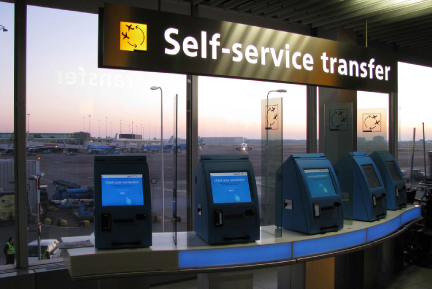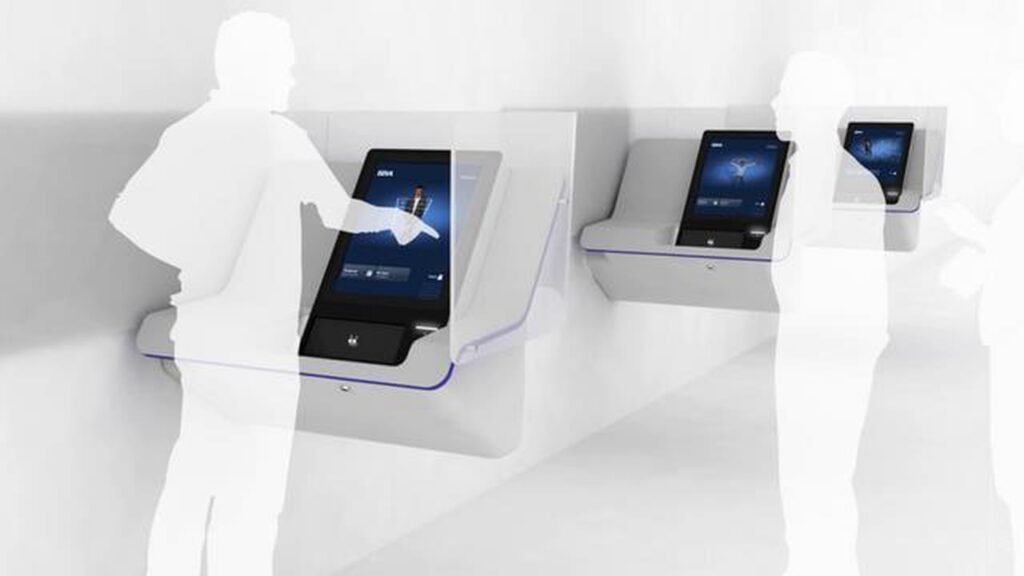
Editor's Note: This post was originally published on July 6, 2017, and updated for accuracy and comprehensiveness.
A growing number of organizations are changing their processes to optimize the experience that their customers have when they interact with the company’s products and services. Many organizations have designed their operations to make it easy for customers to serve themselves. The self-service trend is not confined to a specific industry. Consider these standard self-serve models:
- Airlines created an app so you, as an end-user, can do most of the processes on your own: book your flight, check-in for your flight, check and follow your luggage, see your history, and receive special offers or rewards.
- The automotive industry created an app that connects to your car so you can do all simple service activities.
- Banks created an app to transfer money, open new accounts, buy insurance, change modules within contracts, and even apply for credit cards, mortgages, and student loans.

Think about all the other industries where self-service is commonplace: hospitality, travel, car rental, fast-food restaurants like McDonald’s, and package-delivery services, so you can decide when and where a package is delivered.
The self-service process is about having the flexibility to do what you want, when, and where to avoid annoying activities, such as waiting in line or looking for a service representative.
Is It Possible to Create Self-Service Processes Within Field Service?
What if you had to schedule and execute your own multi-function printer’s maintenance and service activities? What if you had to do the maintenance and repair of your coffee machine alone? Would that make you happy? How it makes people happy to have self-service at the airport and the bank? Or would it bother you to have to maintain and repair your equipment and systems?
Taking it one step further, what activities could a field service organization best outsource to the customer? Planning an appointment? The complete service? Self-service in this industry is a bit more complex than most consumer-based self-service activities, but it’s possible. And, yes, it can give your customer an ideal experience. But before you ask your customers to engage in a self-service process, you need to think about what type of activity you can logically “outsource” to your customers and how you can deliver a “perfect” experience.
What About Self-Service to Create a Ticket?
Let’s start with creating a ticket to register a malfunction of an asset. Most field service organizations still have a customer service desk to create a ticket about an asset’s failure and make an appointment to fix it. But why should a customer contact a service desk employee to register the ticket? If customers had access to an app that shows them an overview of their equipment and register a ticket. The customer can include a photo and a description of the malfunction. Then, they don’t have to wait for the customer service desk employee to help them. They can register 24/7, with automatic notification of the progress of their ticket.
Additionally, they can track their ticket. And if a 24/7 “live-chat” feature is available to ask an employee about the status, they’re in control of the entire experience.
What About Self-Service for Scheduling Appointments?
But what if your customer still needs assistance from a technician at their location? Are they dependent on a planner to schedule the appointment? Why wouldn’t you outsource this part of the process, too? Your customer would be happy to be in control of the appointment-scheduling process to ensure that the date and time of the service call work with their schedule.
What About to Execute Field Service Activities?
Why should your customers wait for an available technician if they can repair or perform maintenance themselves? Is this possible? Do customers have the proper knowledge to execute themselves? Access to the correct details on performing maintenance and repair activities takes time and effort. It’s written down in a manual with some explanatory photos (if customers could find the manual). But what if customers could scan the object and see augmented reality instructions demonstrating how to perform the work themselves? And if they still need extra support from a subject matter expert (SME), do they need to wait for them to arrive, or can they push a button on their app so the SME can support them remotely? We’re close to when customers only need a specialist to perform simple tasks if they don’t have the proper knowledge to execute the job independently.
To simplify and streamline your organization’s operations, Gomocha will guide you in implementing the FSM technology to thrive. Gomocha solutions uncover hidden efficiencies, matching skill with demand, so your field team delivers an exceptional customer service experience time after time. Learn more.
